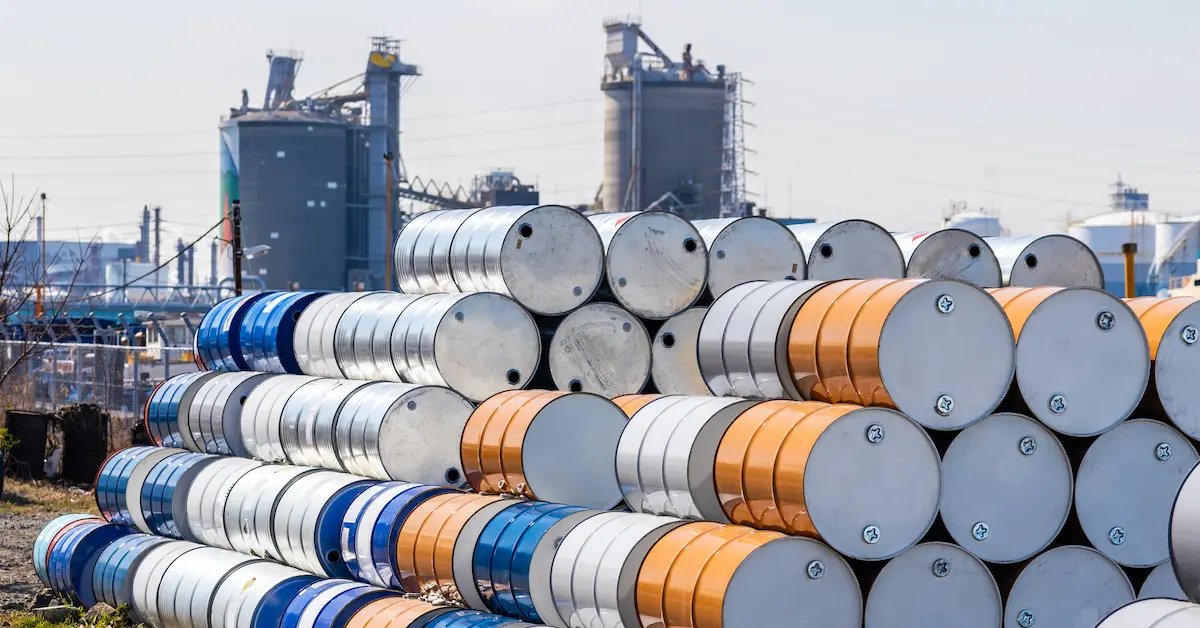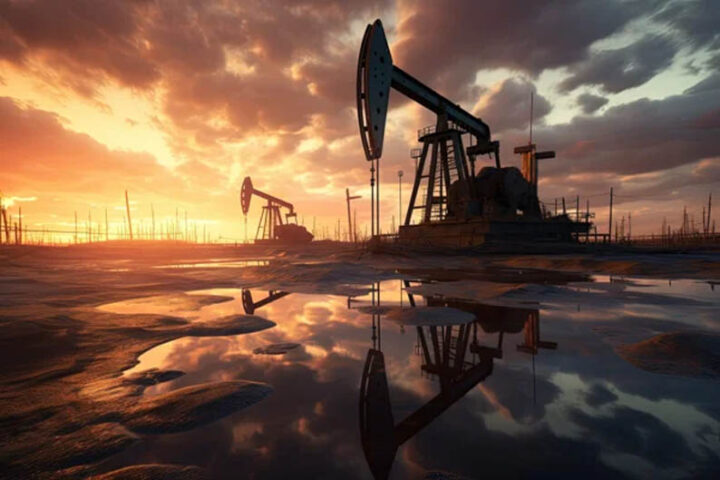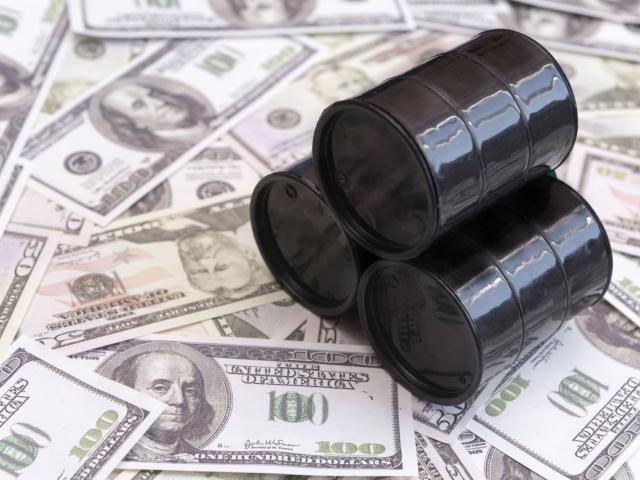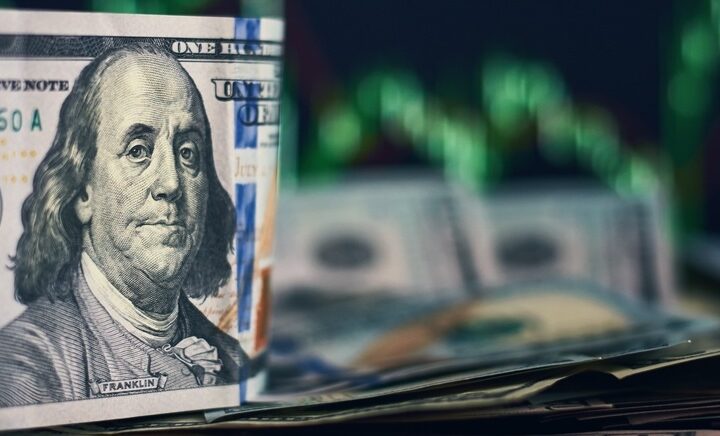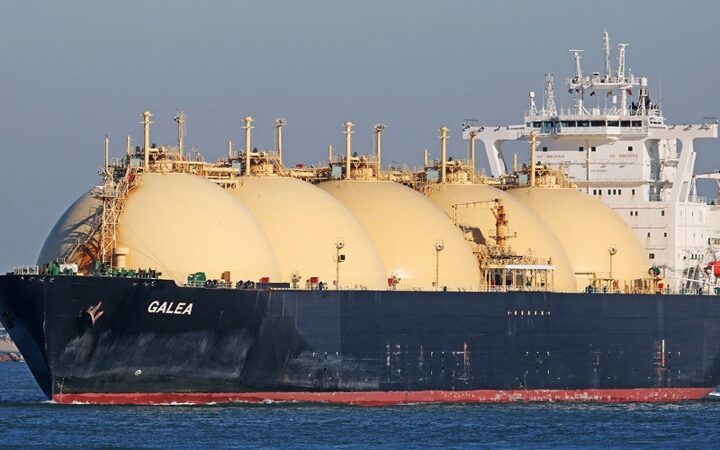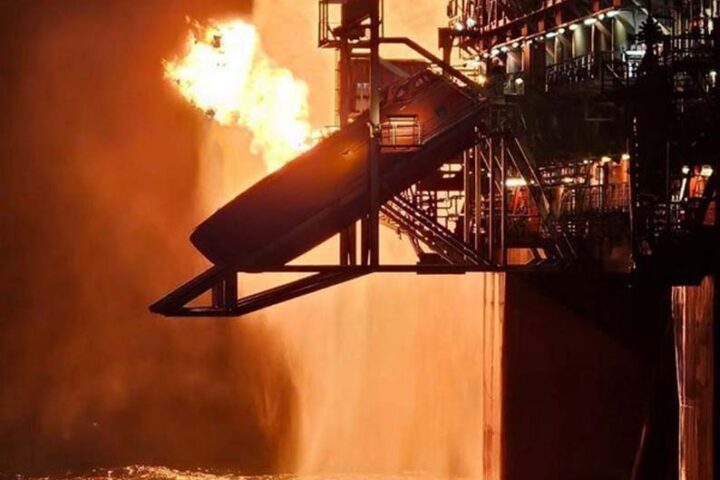By Charles Ellinas
The benchmark Brent crude oil price climbed to around $74/barrel this week following Russia’s warning it could use nuclear weapons in the war with Ukraine.
However, rising non-OPEC supply and weak demand, especially from China, will likely keep oil prices under pressure.
As a result, OPEC+ may stick with deep oil cuts for longer, extending production cuts into 2025.
On the other hand, offshore oil is back. The oil industry is back investing in offshore drilling, banking on the world remaining thirsty for hydrocarbons for years to come.
Offshore oil investments are estimated hit $104 bln this year, driven by deepwater projects in Guyana, Namibia and Suriname. By 2030, offshore could surpass US shale as the top non-OPEC oil source.
The IEA said oil markets could face a surplus of more than 1 million barrels a day next year as Chinese demand continues to falter, cushioning prices against turmoil in the Middle East and beyond.
OPEC also cut its oil demand growth forecast for the fourth consecutive month.
The EIA said that India now accounts for 25% of total oil consumption growth worldwide. India and South East Asia should be the focus for oil consumption growth in coming years.
India is pushing to become Asia’s refining hub as it boosts capacity and aims to drive 35% of global energy demand growth by 2040. With plans for new refineries, the country is set to be a major force in fossil fuels for decades.
Gas
Gas supply remains tight on Asia demand. Strong natgas demand growth across the Asian regions continues to keep balances tight.
Demand is forecast to rise by more than 2.5% in 2024, with similar growth expected in 2025, according to the IEA.
The IGU warns that gas markets will stay in fragile equilibrium, with limited supply growth as demand rises steadily. Should gas demand continue to grow as in the last four years, without additional production development, a 22% supply shortfall is expected by 2030.
The IEA said an “unprecedented” supply surge could lead to LNG glut from 2025. It will also ease prices and gas supply concerns.
BP is to begin drilling two new gas wells in Egypt’s West Delta in January. The country introduced incentives allowing companies to export a part of their new production, using the revenues to settle dues. It also increased the price for companies’ share of gas output
Europe
In response to an appeal by Shell, a Dutch Court confirmed primacy of energy needs over climate activism. The court emphasised that it is the responsibility of the states, not private companies, to set targets for reducing CO2 emissions levels. The court overturned a 2021 ruling, which had ordered Shell to cut emissions by 45% by 2030.
European natural gas benchmark TTF reached €46.90 per MWh (about $14.5 per mBtu), the highest closing in 12 months.
European gas prices have doubled since their 2024 low point in February as the region eats throughout its inventories quite quickly due low wind and solar and the winter cold. Renewables intermittency is still a problem.
European plastics makers shut plants as production declines sharply. This is the latest manufacturing sector on the continent to shrink despite global growth due to high energy and feedstock costs.
Bloomberg said Europe is gaslighting itself about its energy woes. As gas prices rise, politicians are in denial about the challenges a cold winter may pose.
Germany’s industrial output keeps dropping. The Federation of German Industries reckons 20% of the country’s industrial production could disappear by 2030. Germany’s real GDP has broadly stagnated since covid-19 in 2020.
Despite spending more than $750 bln building and subsidising wind and solar since 2002, Germans pay the highest residential electricity prices in the EU.
About 16 years ago, the EU and US economies were neck and neck. Today, the US economy is 50% larger than the entire EU combined. A testament of Europe’s ongoing economic suicide.
LNG exports could prove a crucial bargaining chip in US-EU trade talks. The EU has little option but to import US LNG.
Cyprus hits rock bottom in its use of RES. The cost of electricity in Cyprus is maintained at high levels due to burning diesel and the second highest tax rate in Europe, accounting for about 35% of the entire cost.
Incredibly, EU governments struggle to fund the green transition. Red tape and supply chain issues, and calls not to buy cheaper Chinese solar panels that risk undercutting the bloc’s industry, have in some places delayed the switch to renewable energy
US
Donald Trump’s energy appointments signal his administration’s goals. The nominees’ priority-aim is to boost US investment and production, in all sectors, even though they do not deny that human-caused climate change is a real threat that needs to be addressed.
Two oil ‘wildcatters’, Doug Burgum and shale executive Chris Wright, ended up in charge of Trump’s energy policy. The oil industry is jubilant about the Republicans’ plan for US ‘energy dominance’. However, climate campaigners are not.
President-elect Trump has vowed to reverse many of his predecessor’s green initiatives and promote more fossil fuel use and production. Thus, energy transition could become an even slower process
China
China could fill the void as Trump casts a shadow over COP29 and clean energy. There is an opportunity for the emergence of a “coalition of the willing” to help fill the void and provide assurances, particularly in delivering on international climate finance goals.
Construction of the China-Russia east-route natural gas pipeline is completed, boosting energy supply to China. Once fully operational, the pipeline will supply 38 billion cubic meters of natural gas per year to northeast China.
China’s wind and solar energy additions eclipse coal in a historic first.
China passed its first energy law, to take effect on January 1. It is designed to boost high-quality energy development, ensure energy security, promote low-carbon transition and sustainable development, facilitate prudent efforts to achieve carbon peak/neutrality goals
Climate
This month was all about COP29 and securing a climate finance deal to support developing nations during energy transition. There is increasing realisation that efforts should not end up in outright failure, even if success is partial.
A new academic paper claims that it is in the interests of developed countries to provide the new finance needed to decarbonise the world economy.
The G20 agreed to urgently scale clean energy finance for emerging markets and developing countries in order to ensure the renewable revolution leaves no country behind.
About 55% of the world’s population — some 4.5 billion people — still lack access to sufficient energy, below what is deemed necessary, despite global advancements.
The G20 failure to explicitly back fossil fuel transition upset COP29 talks. The compromise was reference to the ‘UAE Consensus’, at least maintaining the COP28 commitment to transition away from fossil fuels.
Brazil’s President Lula urged G20 leaders to move faster on net zero climate targets. He proposed countries reach climate neutrality by 2040 or 2045.
Shell and BP are scaling back renewables investments, citing weak returns and high costs. Core oil and gas operations have now taken centre stage, with profits soaring post-2022.
Canada has resorted to importing US electricity as droughts curb hydropower. This highlights the climate risk to the world’s biggest source of renewable energy. The problem is that prolonged drought and extreme weather are impacting hydropower.
Brazil is facing a similar problem and is solving it by importing gas.
A prolonged period of “Dunkelflaute” across NW Europe, when there is little to no sunlight and low wind, has led to a sharp fall in renewable power generation, requiring gas.
Climate scientists agree that the world will likely fail to keep global warming within 1.5C. So, what happens next?
We will go back to 2C. Even though politicians and green advocates insist in keeping the focus on 1.5C, we are on track to breach it soon.
Carbon emissions from fossil fuels hit record highs in 2024.
Dr Charles Ellinas is Councilor at the Atlantic Council
X: @CharlesEllinas

